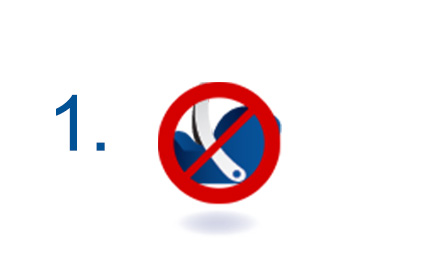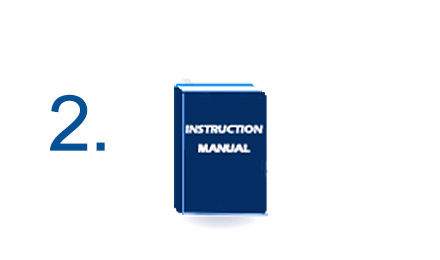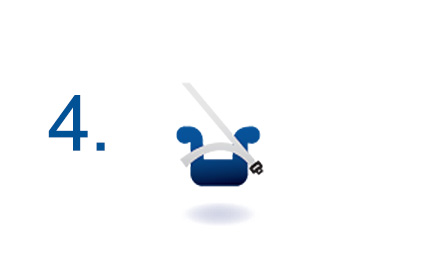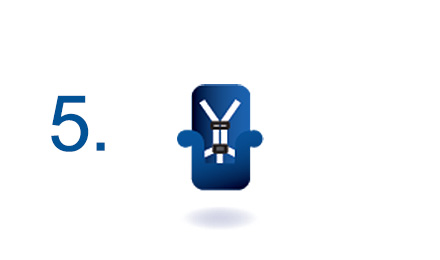
AAA Cares About Car Seat Safety!
Learn How To Avoid The Most
Common Car Seat Mistakes
Learn How | Know When
Motor vehicle crashes remain one of the top leading causes of death for children.
3 out of 4 car seats are used incorrectly.
2026 Car Seat Checks
An appointment is required. Schedule appointment by calling 484-987-7025.
Saturday, Jan 17 9:00am-12:00pm
Wednesday, Jan 21 4:30pm-7:30pm
Saturday, Feb 14 9:00am-12:00pm
Wednesday, Feb 18 4:30pm-7:30pm
Saturday, Mar 14 9:00am-12:00pm
Wednesday, Mar 18 4:30pm-7:30pm
Saturday, Apr 25 9:00am-12:00pm
Wednesday, Apr 29 4:30pm-7:30pm
Saturday, May 9 9:00am-12:00pm
Wednesday, May 27 4:30pm-7:30pm
Wednesday, June 10 4:00pm-7:00pm
Thursday, June 18 TBD
Saturday, June 20 9:00am-12:00pm
Wednesday, July 8 4:00pm-7:00pm
Saturday, July 18 9:00am-12:00pm
Thursday, July 30 TBD
Saturday, Aug 15 9:00am-12:00pm
Wednesday, Aug 19 4:30pm-7:30pm
Wednesday, Sept 2 4:30pm-7:30pm
Wednesday, Sept 16 4:30pm-7:30pm
Saturday, Sept 26 TBD
Saturday, Oct 10 9:00am-12:00pm
Wednesday, Oct 14 4:30pm-7:30pm
Saturday, Nov 7 9:00am-12:00pm
Wednesday, Nov 11 4:30pm-7:30pm
Saturday, Dec 5 9:00am-12:00pm
Wednesday, Dec 9 4:30pm-7:30pm
Learn the 5 Most Common Car Seat Mistakes and How to Prevent Them!

Not Using A Safety Seat
Whether an infant, toddler or booster seat-age child, parents should always use the appropriate child restraint system every time their children are in a vehicle. All infants and toddlers should ride in a rear-facing seat until they are 2 years of age or until they reach the highest weight or height allowed by the manufacturer of their car safety seat. Keep older children in a booster seat until he or she is big enough to fit in a seat belt properly – 4 ft 9 inches tall and between 10-12 years of age. For a seat belt to fit properly the lap belt must lie snugly across the upper thighs, not the stomach. The shoulder belt should lie snug across the shoulder and chest and not across the neck or face. Remember: your child should still ride in the back seat because it’s safer there.

Not Reading Instructions
Eight out of 10 car seats are installed incorrectly. With thousands of combinations of child safety seats and vehicle belt systems, it’s important for parents to read both the vehicle owner’s manual and the child safety seat instructions before installing a seat to ensure it’s done properly.

Using Incorrect Restraints
Whether it’s turning an infant forward-facing or progressing into an adult seat belt, parents frequently advance their children into the next stage of safety restraints too soon. Per Pennsylvania law, children must remain rear-facing until 2 years of age, but should remain rear-facing until they have outgrown the highest weight or height limit as specified by the manufacturer of the car safety seat. All children under age 13 should be placed in the back seat.

Why choose AAA Car Seat Safety
Safety is more than a choice - it's a lifestyle!
Parents go to great lengths to make sure their children are safe. But when it comes to car seat safety, too frequently minor mistakes can put children at risk without parents realizing it.
Motor vehicle crashes remain one of the top leading causes of death for children, so AAA warns parents of the five common car seat mistakes.

Installing Safety Seats Too Loose
When a child safety seat is properly installed, it should not move more than one inch in any direction. Parents should use either the vehicle’s seat belt or LATCH system to secure the safety seat—but not both, unless approved by the vehicle and car seat manufacturers (read the manuals!). Be especially careful when installing a car seat with an inflatable seat belt – many car seat manufacturers will not allow it, some will only allow the use of an inflatable seat belt with an infant car seat without the base, and some will recommend using the seat’s LATCH system. You must read the manuals carefully to ensure proper installation method..

Adjusting Seat Harnesses Incorrectly
Safety seat harnesses should always be snug and lie flat without twists. Harnesses should be at or below the child’s shoulders when rear-facing and at or above the shoulders when forward-facing in order to hold the child’s body upright and against the seat. The chest clip should be positioned at armpit level.



